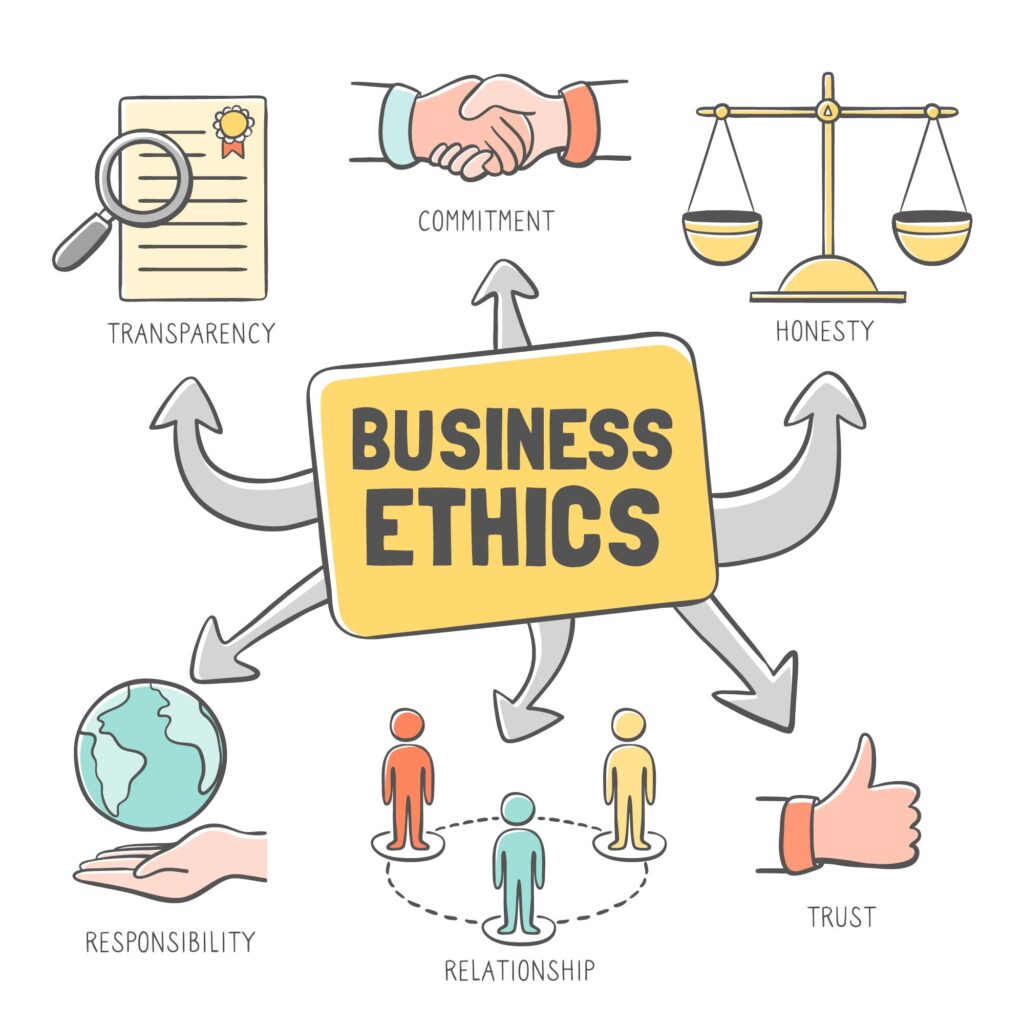A referral is essential in health systems for proper diagnosis or to get a second medical opinion so patients receive timely and specialized care.
However, there have been significant changes in physician referral management solutions over the years- from manual paper-based systems to more sophisticated technological advancements, including software tools.
Using software for managing referrals offers many benefits in the health sector. It improves care coordination and communication among healthcare providers for better patient outcomes. It is important to understand how referral management software works to decide if it is suitable for your business.
This article explores what physician referral management software is and its key features, the benefits physicians get from using it, factors to consider before choosing a software solution, and how to implement it seamlessly.
Table of Contents
- Understanding physician referral management software
- Key features of referral management solutions in healthcare
- Benefits of using software to manage patient referrals
- Considerations for choosing a physician referral management solution
- A step-by-step guide for implementing a referral management solution
- Six best practices in medical referral management
- Conclusion
Understanding Physician Referral Management Software
Physician referral management system uses digital tools to process patient referrals. This software solution meets the shortcomings of traditional systems where primary care providers give patients paper referral notes to schedule appointments themselves.
With this conventional referral process, patients may find it challenging to reach out to specialists because of the many calls they have to make. Even when patients successfully go for appointments, the referring provider may not be able to follow up and monitor the outcomes regarding the medical intervention the specialists made.
This technological advancement has revolutionized health systems. Now, HCPs can refer patients to a specialist, send reminders to both parties and track progress.
Key Features of Referral Management Solutions in Healthcare
The referral management system uses an automated workflow that guides the physician in creating and sending referral messages through the appropriate communication channel. The software solution comes with the following functionalities to generate automated referrals easily.
Patient and Physician Databases
A physician referral management software has comprehensive records of patients and physicians. It stores a patient’s information, such as
- lab results,
- old and new drug prescriptions, and
- contact information.
This information is in a centralized database that healthcare professionals can access. The referral software solution also contains physicians’ data, including their
- specialties,
- medical credentials,
- hospital affiliation and
- records of the outcomes of past referrals.
With this, one can easily match a patient with the most appropriate healthcare professionals to provide quality care.
Appointment Scheduling
One of the most important features of physician referral management software is the scheduling of appointments. This software shows a physician’s working hours and when he will be available. Not only this, but he can also confirm availability for incoming referrals quickly in case of urgent appointments.
Furthermore, referral software solutions come with reminder features to help patients and healthcare professionals remember their appointments and keep to time. In addition, it allows one to close the loop on all referred patients. The referring physician gets notes to know the outcome of the meeting.
Analytics and Reporting
Referral software in healthcare also has standard analytical tools to help you track your progress and performance. You do this by measuring success using key performance indicators, including
- number of referrals,
- referral visits, and
- conversation rates.
This will help gauge the effectiveness of the software. Furthermore, one would know areas going well and how to improve where one is lagging. This software can help you to know your top partners. It allows one to focus on more profitable specialists and pay them according to their efforts.
Integration with Electronic Health Records/Electronic Medical Records (EHR/EMR) System
Physician referral management software comes with EHR and EMR systems to streamline referrals. EHR contains accurate patient information in digital form that professionals use when making informed decisions in health systems.
It is a file that contains everything about a patient, including:
- family history,
- vital signs,
- past medical and surgical history, and
- allergies.
Healthcare professionals can enter new information and update old ones while on the go. This integration improves communication, prevents life-threatening mistakes, and ensures data security.
Benefits of Using Software to Manage Patient Referrals

Physician referral management systems offer solutions to many medical problems. It is an effective way to grow your business and generate revenue. The use of this software solution also provides benefits to a patient.
With it, patients have access to appropriate care from specialists promptly. The following are some of the benefits one stands to gain when using software for outbound patient referrals
- It saves time and reduces the cost of medical treatment: This tool reduces the long waiting time patients may encounter when using the manual process. Additionally, it reduces administrative costs, and staff can focus on other important business matters.
- Automated referral management increases overall efficiency in healthcare organizations: Patients may misplace handwritten notes, and paper documentation may miss important details, leading to errors and health complications.
- Referral management software increases patient experience and satisfaction: Patients decide the time convenient for them before fixing appointments. Because they have a say, patients take charge of their health to improve outcomes.
- This software reduces referral leakage in a healthcare setting: Referral leakage occurs when patients seek medical help from other professionals outside the hospital when distance is a barrier. Referral management software prevents this by referring patients to the closest specialist.
- Most importantly, physician referral management software prevents delay and ensures patient care continuum.
Considerations for Choosing a Physician Referral Management Solution
Not all software will align with your business needs. Carefully consider the following factors before getting a referral management system:
User-friendly Interface
One must consider if the referral software is easy to use. The software must be self-explanatory to enhance physicians’ experience. Software with an intuitive interface simplifies outbound referrals and the process of bringing doctors with low digital literacy on board.
Customization and Scalability
The customization and scalability requirements of software will influence your choice. As a physician, you have a specific referral process. Hence, it is important to adjust and customize CRM systems to suit your needs. Also, factor in how well this automated solution will function as the number of users increases. Good software should handle an increased workload without sacrificing efficiency.
Support and Training Options
Not all software providers make available comprehensive training and ongoing technical support. The software provider you use should offer online and onsite training for care providers. Additionally, the software must have 24/7 support features, including live chats, phone assistance, and swift email delivery.
Security and HIPAA Compliance
Prioritize data security and HIPAA compliance when getting referral management software. Ensure that the software solution perfectly encrypts patients’ data and is not vulnerable to attacks. Furthermore, HIPAA-compliant software stores and secures sensitive health information based on rules.
A Step-by-step Guide for Implementing A Referral Management Solution

Follow the steps below for a smooth referral software implementation:
Step 1: Assessment and Planning
- Evaluate your existing referral solution and determine the problem you want to solve.
- Using this, define the goals and objectives you want to achieve. Your goals will serve as a guide during and after the implementation process.
Step 2: Selection and Installation
- The next step is to select the software solution based on your requirements and preferences.
- After that, install and set up the referral management software by following the instructions in the manual or using a third-party software partner.
Step 3: Data Migration
- After setting up, move patients’ and physicians’ data to the new software solution. Remember to create a backup to prevent total data loss in breach cases.
- At this point, integrate the software with existing systems, including EMR/EHR.
Step 4: Testing and Quality Assurance
- Now that the system is running, test it using a small group of physicians to check how well it works.
- If there are no complaints, train all potential receiving physicians to use the software.
Step 5: User Feedback and Adjustments
- Continuously monitor the system by gathering feedback from physicians regarding any issues they might have encountered to ensure the software runs smoothly.
- Periodically evaluate how well the software is doing by comparing the outcome to your written objectives.
- Based on the outcome of your evaluation, make adjustments as needed and resolve defects.
Six Best Practices in Medical Referral Management
The benefits patients, health providers, and payers of the healthcare system get from using software for outbound referrals are endless. However, they must optimize these benefits to get the most out of their time and financial investment. The following are some best practices one should consider when using physician referral management software:
- Ensure your staff and physicians get proper training on how to use the software solution
- Double-check to ensure the patients’ data are accurate and complete to avoid mistakes
- Actively involve patients in the referral process and when making health decisions to increase their satisfaction.
- Close the loop after a referral by requesting updates about the medication interventions to promote the continuity of a patient’s care.
- Build quality and long-lasting relationships with the physicians and encourage them to reach out quickly if they encounter any problem.
- Finally, work with a reliable referral management software provider like Platforce. Platforce CRM software makes the referral process easier and keeps you ahead of competitors.
Conclusion
Using revolutionizing software solutions is vital for business growth. With referral software tools, primary care physicians and specialists can communicate quickly after scheduling appointments to get patient health updates.
The Platforce Pharma CRM has many sophisticated features to help meet your business goals and promote seamlessness in your marketing operations. With the help of our technical team, you can implement all our software solutions to increase your sales results.
If you are new to using software to manage patient referrals, or you want to upgrade your software solution, Here’s how you can get started.












